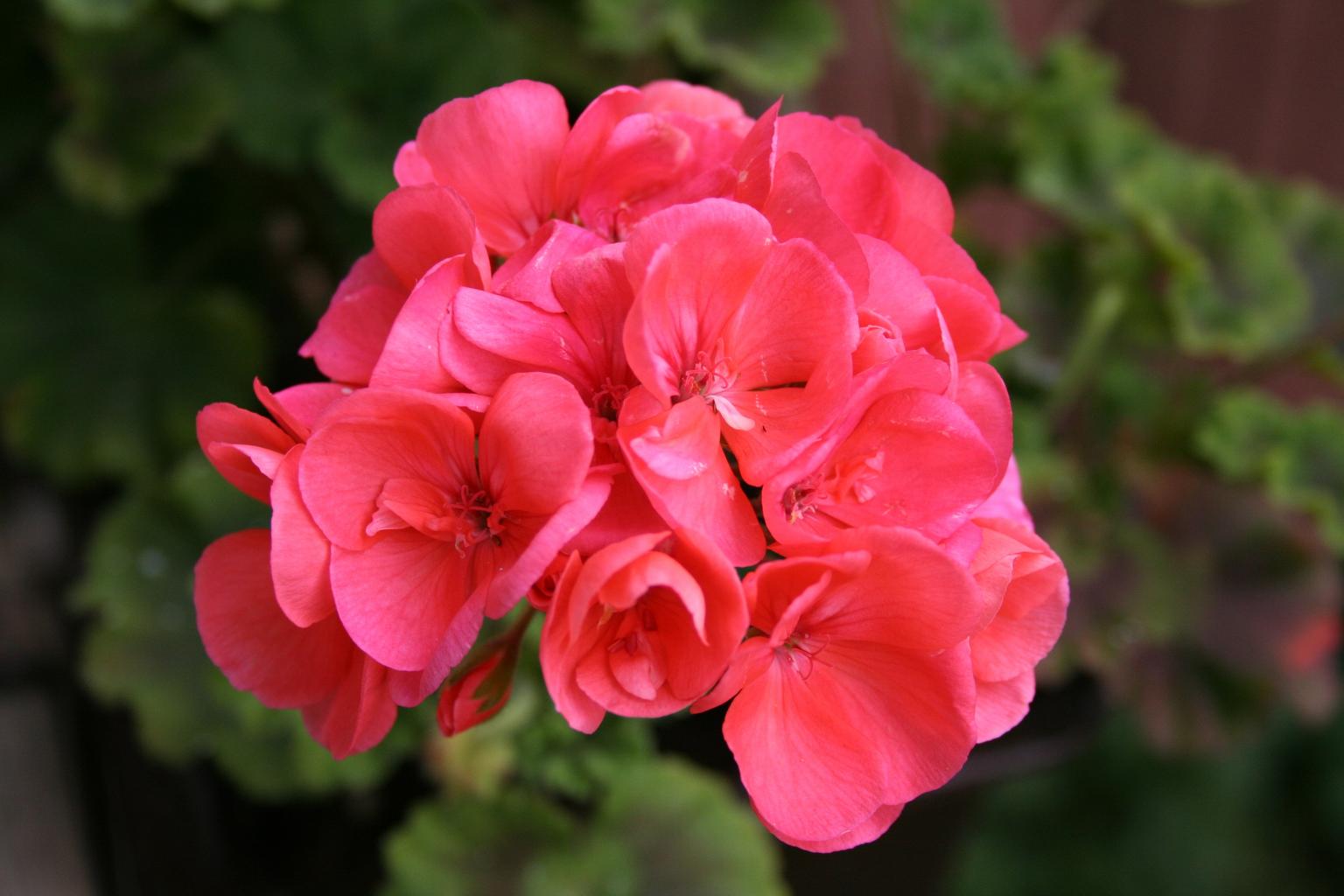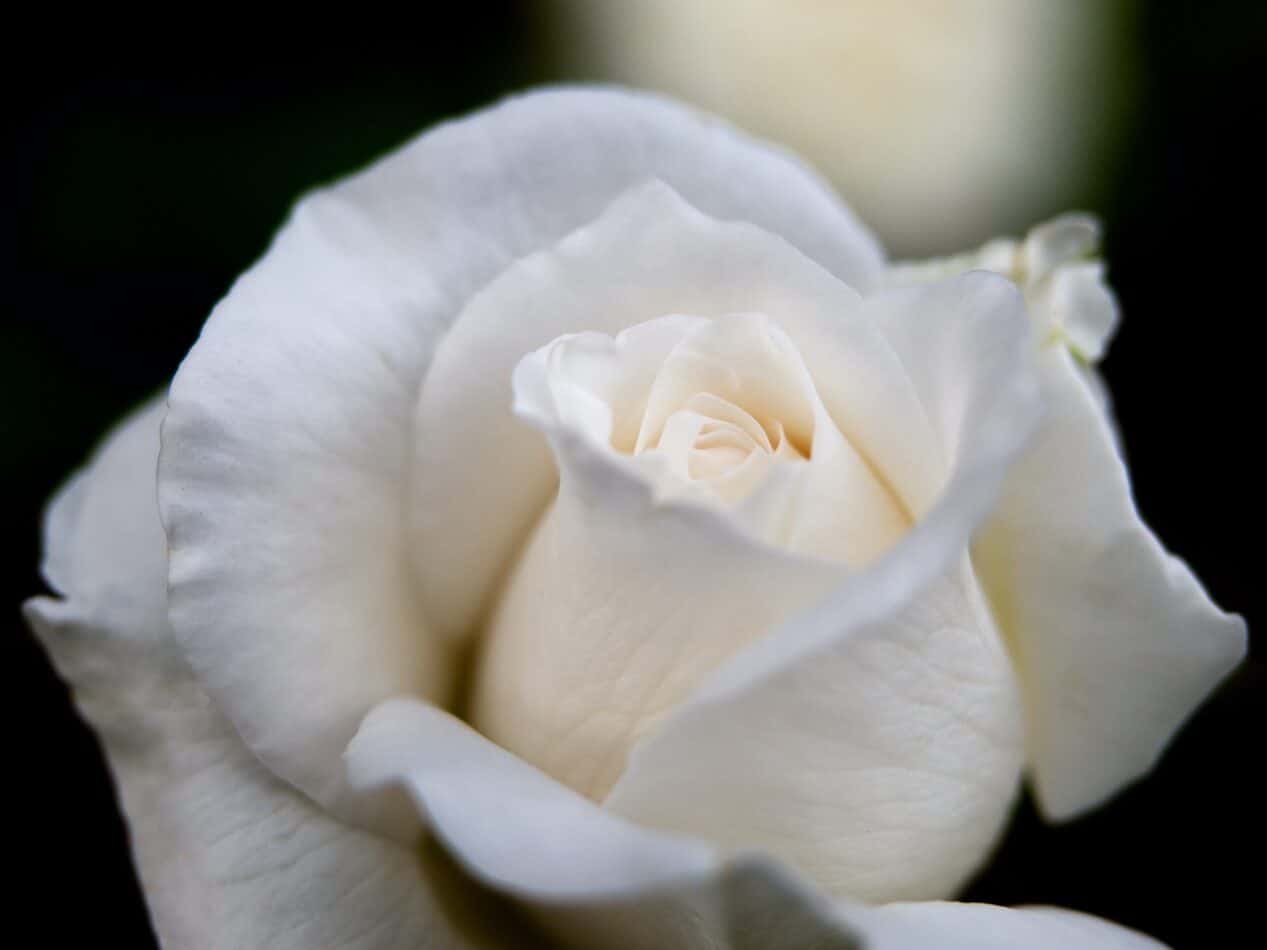Baby’s breath (Gypsophila paniculata, formerly known as Gypsophila elegans) is a perennial flowering plant native to Eurasia. It has become increasingly popular in bouquets, table arrangements, and flower crowns. It is also an attractive addition to most gardens. The plant forms mounds of tiny, pink or white flowers, which last until the fall. Baby’s breath is a welcome sight in the garden, and its low-maintenance qualities mean it can be left to fend for itself once planted.
Family
Baby’s breath belongs to the family Caryophyllaceae. This family is mainly known for its annual and perennial flowers. The blooms of Baby’s breath look like delicate clouds and make a unique addition to flower bouquets.
Plant Type
Baby’s breath is a perennial plant, meaning it will return each year, provided the right growing conditions are present. It grows up to three feet tall and forms small, decorative mounds that can be used to add contrast to almost any other flower.
Mature Size
Baby’s breath grows up to three feet tall in decorative mounds and is made up of countless clusters of tiny, pink or white flowers. The flowers of Baby’s breath can be a few inches wide and remain long-lasting until fall.
Sun Exposure
Baby’s breath needs full sun in order to flourish. In hot climates, some shade may be beneficial during the heat of the afternoon. The more sun it receives, the better it will perform and the more flowers it will produce.
Soil Type
Baby’s breath grows best in rich, well-draining soil. Sandy, loamy, and clay soils will all work, making Baby’s breath a great choice for difficult or new gardens. If you’re planting in clay or rocky soil, you may want to add some compost to help improve drainage and nutrient availability.
Soil pH
Baby’s breath is tolerant of a wide range of soil pH levels. It can grow in neutral, slightly acidic, or slightly alkaline soils. However, it prefers more neutral soil, around 6.2 to 7.0 pH. This soil is recommended for optimal performance.
Bloom Time
Baby’s breath will typically bloom from late spring to early fall. The flowers appear in clouds of tiny, pink or white clusters, and they typically last until late fall.
Flower Color
Baby’s breath typically produces pink or white flower clusters. Many cultivars have been developed to produce blooms in other colors, including both pastels and saturated shades.
Hardiness Zones
Baby’s breath can grow in USDA Hardiness Zones 4-9. It grows best in cooler climates, where summer temperatures remain at or below 80°F.
Native Area
Baby’s breath is native to Eurasia, particularly in France, Italy, and Spain. It is also found in many other countries in Europe and Asia.
Toxicity
Baby’s breath is not toxic, making it suitable for planting around pets and children.
How to Plant Baby’s Breath
Baby’s breath is a low-maintenance flower, and it can be easy to grow once you’ve established the right conditions.
When planting your Baby’s breath, you should select a spot that receives at least 6-8 hours of full sun. You should also make sure the soil is well-draining and slightly acidic, with a pH range of 6.2-7.0. If your soil is clay-based, you may need to add some compost to ensure proper drainage.
When transplanting in the garden, you should dig a hole twice as wide and twice as deep as the plant’s root ball. This ensures the roots have enough room to spread and provide ample support for the plant. If you’re planting in a pot, select one that is at least twice the size of the root ball, and make sure to use a potting soil that drains well.
Once your Baby’s breath is planted, it should receive at least an inch of water per week. In hotter climates, you may need to water more frequently to ensure the plant is adequately hydrated.
Meaning and Symbolism
The meaning of Baby’s breath can be seen in its name – it is thought to symbolize the innocence and purity of a baby’s breath. It is also said to symbolize deep loyalty and never-ending love, making it a popular choice for weddings and other special occasions.
The scientific name of the plant, Gypsophila paniculata, is derived from the Greek word gysos, which means “chalk”, and phileo, which means “to love”. This reflects the fact that the plant prefers soils with a neutral pH or with a slight alkalinity.
History, Mythology, and Religious Significance
Baby’s breath has been a popular flower in Europe since the 19th century. It is said to have been discovered in the Mediterranean region, where it was traditionally used to decorate religious altars in churches. It is also believed to have been brought to England by travelers from France and Italy who introduced the flower to gardeners.
The flower has also been used in traditional wedding bouquets, symbolizing innocence and everlasting love. In some cultures, Baby’s breath is believed to bring luck to newlyweds. Additionally, in Victorian England, Baby’s breath was sometimes used to notify a loved one that they are being watched over.
Flower Varieties and Their Defining Characteristics
There are many different varieties of Gypsophila paniculata, each with its own unique characteristics. Here are a few of the most common varieties:
Gypsophila paniculata ‘Bristol Fairy’ is a white, semi-double-flowered variety. The blooms are loosely clustered and have a delicate texture.
Gypsophila paniculata ‘Flamenco’ is a red-flowered variety with double, deeply-colored petals. The blooms are bold and vibrant, making it a popular choice in the garden.
Gypsophila paniculata ‘Gemini’ is a variegated variety with cream-colored blooms. The petals have a light pink edging, giving them a subtle two-tone effect. This variety is often used as an edging plant.
How to Pot and Repot Baby’s Breath
Baby’s breath is often pot-grown and displayed as a houseplant. When potting your Baby’s breath, make sure to select a pot that is at least twice the size of the root ball. Fill the pot with a potting mix that is designed for containers and provides good drainage. When you have the plant in the pot, water it thoroughly and then drain off any excess water.
While Baby’s breath is relatively easy to maintain, it will need to be repotted every two to three years. If the potting soil becomes compacted and the drainage is poor, it may be necessary to repot more frequently. When repotting, make sure to use fresh potting soil and select a pot that is close to the size of the old pot.
How to Prune Baby’s Breath
Pruning your Baby’s breath plants will help keep them healthy and encourage them to produce more blooms. The best time to prune is in spring, after the blooms have begun to fade, or in the fall, when the plant is preparing to go dormant.
When pruning, use garden shears or hand pruners to remove faded or dead blooms and stems. Cut the stems close to the base of the plant and always make sure to make clean cuts. If necessary, you can also trim back the shoots to encourage a more compact form.
How to Propagate Baby’s Breath
Propagating Baby’s breath is easy and can help you create more plants without having to buy new ones. The most common method of propagation is by division. This can be done by digging up the plant, dividing the roots into two or three smaller clumps, and then replanting them in the garden.
You can also propagate Baby’s breath by cuttings or seed. To take cuttings, select a stem with a few leaves and remove the lower leaves. Dip the cutting in rooting hormone, and then place it in soil or a pot of water. The cutting should root within a few weeks.
Common Pests and Diseases
Baby’s breath is relatively resistant to pests and diseases. However, in some cases, the plant may be susceptible to particular pests, such as aphids, mealybugs, and spider mites. To prevent infestations, keep your plants well-watered and remove any old blooms as soon as possible.
Baby’s breath is also susceptible to various fungi, including powdery mildew, root rot, and rust. The best way to prevent these diseases is to make sure your plants are well-drained and are not exposed to excessive moisture. If you do notice any signs of disease, it’s best to remove the affected plant and replace it with a new one.
Three Frequently Asked Questions About Gypsophila Paniculata
Does Baby’s Breath Need to be Covered in Cold Winter Climates?
Baby’s breath is hardy in Zones 4-9. In colder climates, the plant will likely survive the winter if it is in the ground. However, it may need to be covered or mulched to protect it from extremely cold temperatures.
Can Baby’s Breath Be Propagated by Cuttings?
Yes, Baby’s breath can be propagated by cuttings. Select a stem with a few leaves and remove the lower leaves. Dip the cutting in rooting hormone and then place it in soil or a pot of water. The cutting should root within a few weeks.
How Often Should I Fertilize My Baby’s Breath?
Baby’s breath does not need to be fertilized on a regular basis. If the soil nutrients are adequate, then you should only need to fertilize your Baby’s breath once in the spring. Use a general-purpose fertilizer and dilute it to half-strength to prevent over-fertilizing.
Fact Sheet
| Baby’s Breath | Gypsophila paniculata |
|---|---|
| Family | Caryophyllaceae |
| Plant Type | Perennial |
| Mature Size | Up to 3 feet tall in decorative mounds |
| Sun Exposure | Full sun |
| Soil Type | Rich, well-draining soil |
| Soil pH | 6.2 to 7.0 |
| Bloom Time | Late Spring to Early Fall |
| Flower Color | Pink or white |
| Hardiness Zones |
What we love from Amazon this week
Buy these wonderful flowers directly from Amazon:















